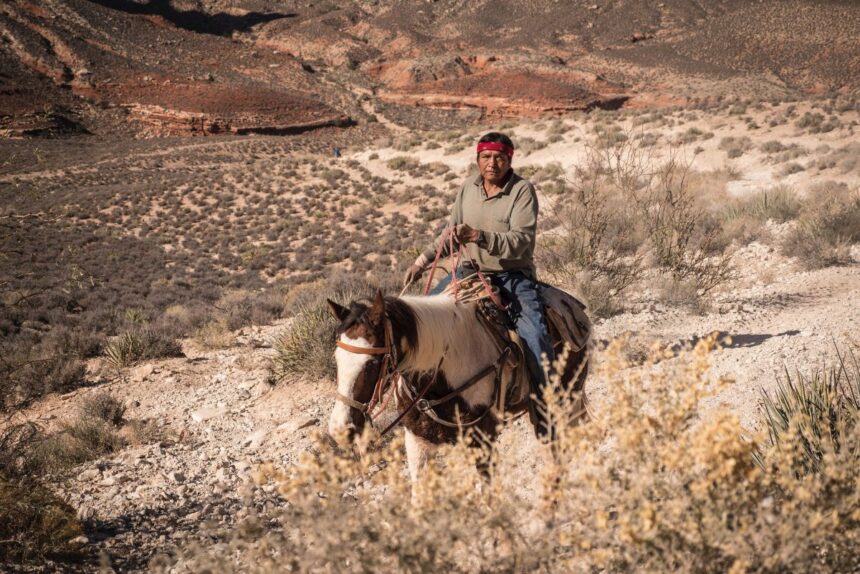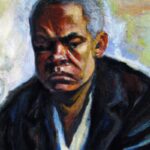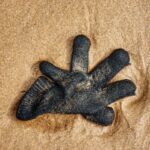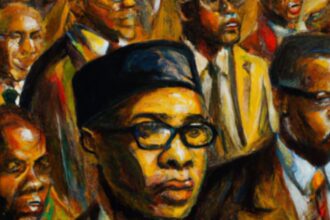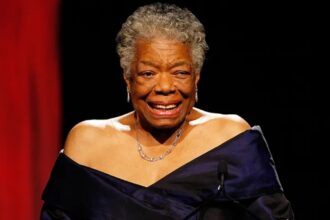Since immemorial, communities worldwide have always had creation myths, which were attempts by those communities to explain natural phenomena, like how life on Earth started. The Native Americans were not different; countless such myths existed in their ancient cultures, estimated to be fifteen thousand years old.
These stories were passed down from generation to generation through word of mouth.
Hufan Farah
Since they were not a centralized nation, each of the Native American tribes had its own creation myths, and many times, the same tale was retold in different versions within the same tribe. Still, all Native American creation myths share three significant characteristics, namely:
• Faith in a spiritual creator.
• The interaction between the spiritual and the natural.
• Animal characters take center stage in the creation process.
These two Native American creation stories, one from the Cherokee people and the other from the Apache, are examples of the hundreds of Native American creation myths.
Cherokee creation story
In the beginning, all was water, and all animals lived above the water high up in the sky. However, as the animals continued to grow in number, the land they lived in became even more overcrowded, so much so that at last, the water beetle volunteered to fly down and see what was going on below. Being an intelligent swimmer, the water beetle swam and swam in the water, but there were only a few dry places to be found. He then dived deep into the water, and alas, the bottom was filled with mud, of which he came out with a handful, and the ground started to grow and grow until it became the Earth we live today. Somebody then tied the newly formed Earth to the sky using four ropes, fearing it would sink back into the vast waters.
The animals waited for the new Earth to dry, but every time some bird was sent, they brought back the sad news that the Earth was still not ready. This was causing tension. At last, when all patience was gone, they called upon the Great Buzzard to act like the hero that he was and save the animal race. Obviously flattered but deep inside uncertain of the dangerous adventure, the Buzzard thunderously flapped his gigantic wings and took off at the count of three.
Down on Earth, the Buzzard circled and circled, trying to find anywhere to land, but the Earth was still wet as a honeycomb from one end to the furthest other. Now the Buzzard quickly became extremely tired, but he was not about to act a sissy in the face of all the animal race, who were watching from above with bated breath. Sooner or later, his wings became too heavy for him, and, unable to act any longer and losing balance, he could strike them here and there on the wet Earth, causing its flat surface to form into hills and valleys. Sensing danger but careful not to embarrass the Buzzard, the animals bade him come back, fearing for his life and the chances of him destroying the Earth’s smiley babyface.
After much waiting, the animals finally died when the Earth had dried, only to be bombarded with a new problem. There was no light, so they put the sun on a path running from the east to the west to light their way around their dark island. The light problem seemed to be settled,
but then they realized that the sun was too hot for comfort, an issue the local acrobats vowed to fix. So, the acrobats were summoned on the appointed day, and they tried six different levels for the sun, and on the seventh height, everyone said the hotness was moderate enough, giving rise to the seven heavens.
When someone had created the animals and trees, strict instructions had been given that all should keep a vigil for seven days and seven nights. It was quite a difficult task, and in the end, only the panther, the owl, and a few other cats and birds were successful, and they were rewarded with night vision. Of the trees, only a handful, including the pine and the laurel, completed the vigil, and their reward was medicinal and evergreen.
Men were the last to appear. At first, it was only one man and one woman. Then, one day, the man hit the woman with a fish, chanting, ‘Go forth and multiply.’
And henceforth, the woman bore a child every week until the whole Earth was choking with humans, and, sensing the impending disaster of population explosion, the birth rate was reduced to once yearly.
An Apache creation story
In the beginning, darkness extended as far as the eye could see. Suddenly, a thin disc appeared, on top of which a little bearded man, the Creator of all, sat. Then the Creator opened his little eyes, and the whole place was lit.
The Creator then created other gods: the Sun god, a little boy god, and a little girl god. He also made the wind, the mischievous tarantula spider, and other natural things. Next, the Earth was created from a small ball mixed with the four gods’ sweat before being kicked and kicked until it expanded to its current size. Then the wind blew into the ball, causing it to swell, before the tarantula tied strings onto it and pulled, spreading it to all four directions. The other earth features and humans were then added to complete the creation.
In both these Native American creation myths, there are generally typical characteristics that reveal themselves:
1. Both stories show a belief in a supreme and mysterious being.
2. There is a connection between the spiritual and natural aspects whereby the two forces are simultaneously at play. In addition, animal characters play essential roles in the creation stories.
3. There seem to be magical events that defy all logical thinking.
4. The fact that the different myths portray such profound similarities may point out that the two cultures from where the myths are obtained may share similar ancestry, dating back to the ancient past.








